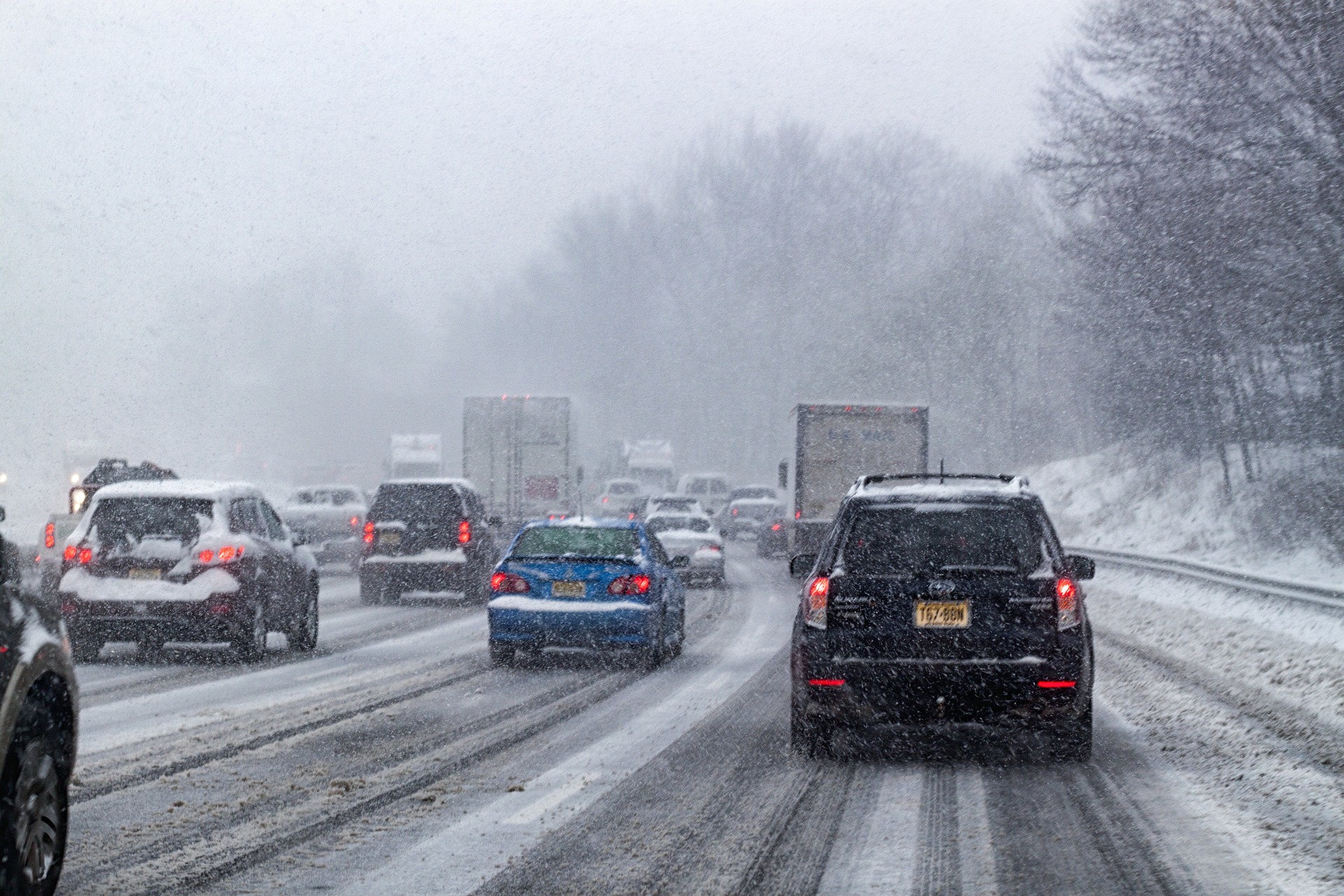How Bad Weather Increases Driving Accidents

According to the Federal Highway Administration (FHWA) out of nearly six million vehicular accidents that occur every year in the U.S., approximately 22 percent are weather-related. Nearly 6,000 people are killed and another 445,000 are injured due to accidents that occur during bad weather.
A weather-related accident can occur in any adverse condition such as sleet, snow, rain, fog, winds or on slick pavement. More accidents occur when the roads are wet following a rainstorm than in any other type of bad weather. Wet roads account for 73 percent of all weather-related accidents. Snow and sleet make up 17 percent of bad weather accidents with 13 percent occurring on icy roads. Only 3 percent of bad weather accidents are caused by foggy conditions.
Ways in Which Weather Impacts Mobility
Inclement weather affects roadway travel in more ways than just causing slickness. Drivers need to plan ahead and allow more time to get to their destination. Some mobility problems they may encounter include:
- Roadway capacity may be decreased due to snow accumulation, debris on the road blown there from high winds or road closures due to dangerous conditions.
- On arterial roadways, traffic signal timing may be disrupted. There may be delays of up to 50 percent depending on the severity of the weather and necessity of speed reductions.
- Freeway speed reductions occur in rain, snow, sleet and fog. Heavy snow can reduce speed from between 5 to 64 percent.
The FHWA estimates that 544 million “vehicle hours” are lost every year due to fog, snow and ice. More hours are lost due to rain than to any other weather condition. Whether you are driving a few blocks to the grocery store in your own town, or to a destination that is 100s of miles away requiring hours on the highway, allow more time for your journey due to weather-related mobility delays.
How the Weather Impacts Accident Liability
The same negligence law principles that apply to any car accident apply to accidents that occur in bad weather. Any weather condition that increases risk, simply increases the duty that drivers have to use due care. Drivers still have a duty to drive safely even when road conditions are affected due to inclement weather conditions. When drivers venture out onto the roads in bad weather, they know the risk they are taking. Drivers must use caution and ensure that:
- Their car is properly serviced to accommodate winter driving conditions. For example, tire treads cannot be worn down;
- Their speed is consistent with driving conditions, no matter what the posted speed is;
- Extra space is between them and the car ahead of them to accommodate increased stopping time;
- Extra time is scheduled to get to their destination;
- They drive defensively, knowing the risk that other drivers may not be as aware or prepared as they are.
No matter how carefully you drive, another driver may still slip and slide into you and cause a serious injury. If you are in such a collision, be sure it is safe before you exit your vehicle. Then, follow the same procedures you would follow if the weather was just fine. Exchange contact information, insurance, driver’s license, and registration information. If possible, take photographs of the accident scene and of both cars. Call the police to make a report. Get medical attention as soon as possible.
If you were injured in a car accident during inclement weather which you believe was the fault of another driver, you may need the assistance of an experienced car accident attorney. For a free consultation about your auto or transportation accident, contact us today.